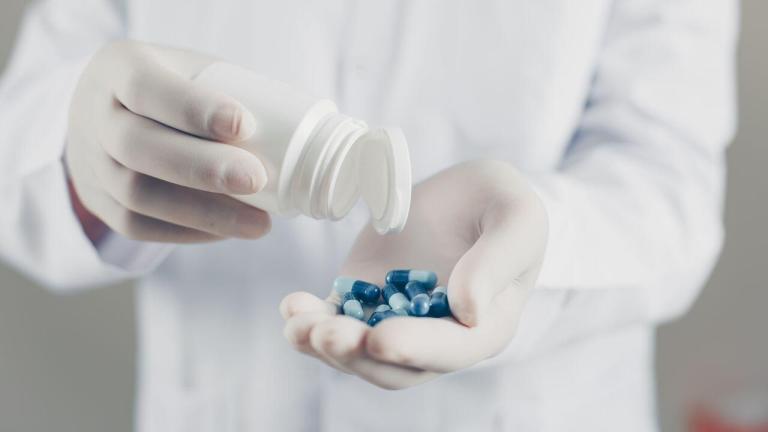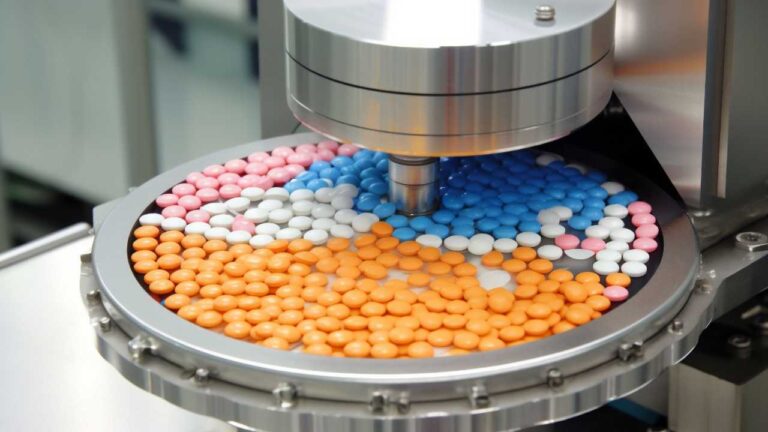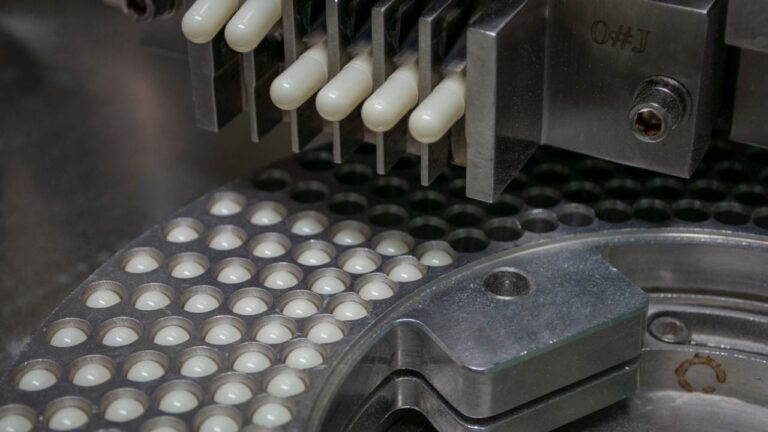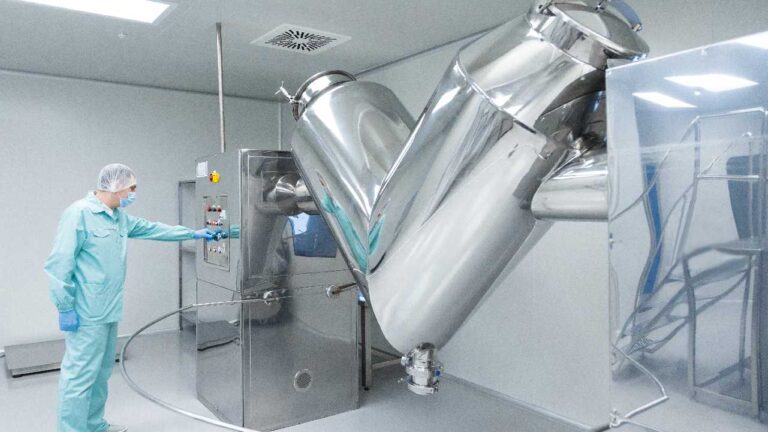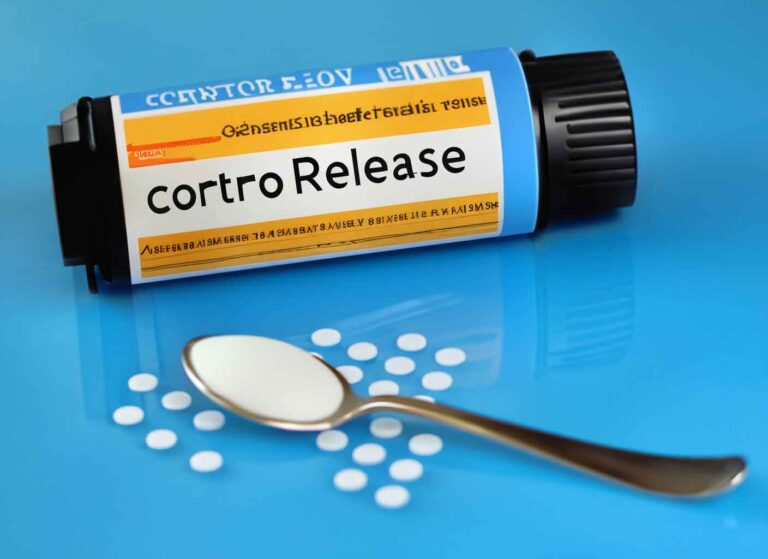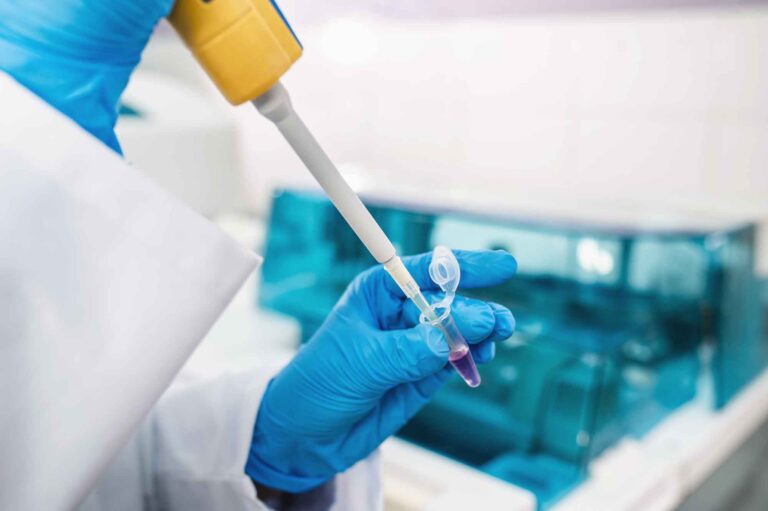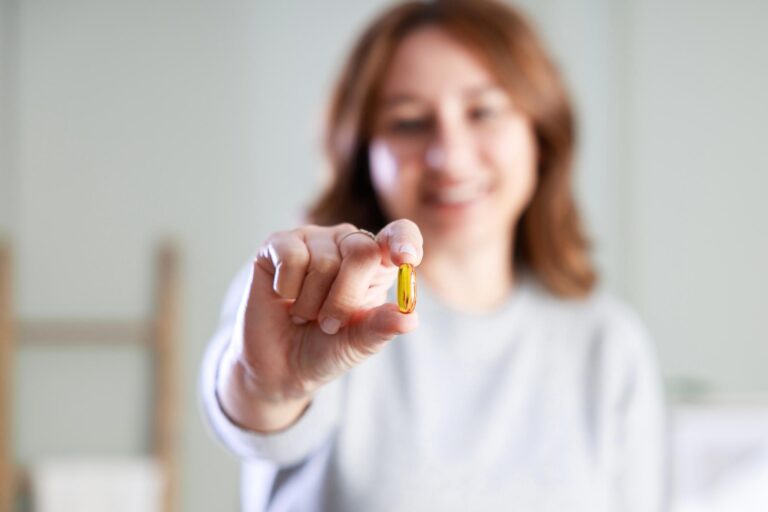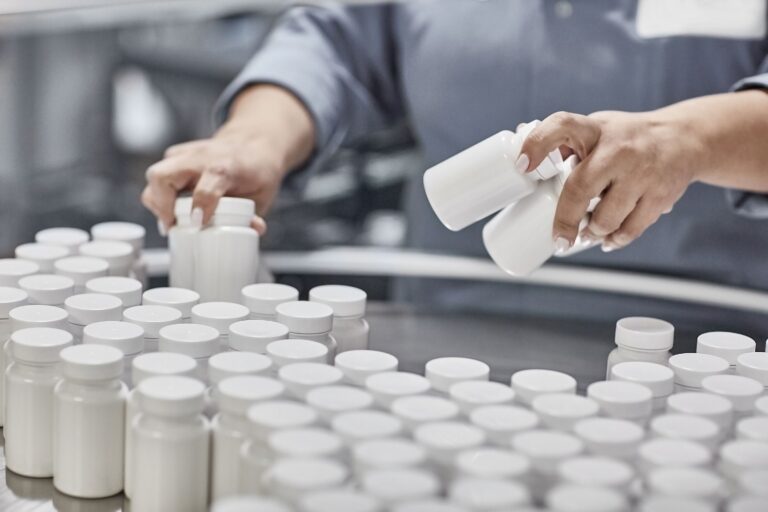Transdermal drug delivery is a method of administering medications through the skin for systemic distribution. Unlike topical delivery, which targets the local area where the medication is applied, transdermal delivery ensures that the drug enters the bloodstream and circulates throughout the body. This route is commonly used for patches or ointments that release the drug over time, providing a controlled and sustained therapeutic effect
The process involves the drug passing through the skin’s layers, including the stratum corneum, epidermis, and dermis, to reach the systemic circulation. Transdermal delivery is advantageous because it bypasses the gastrointestinal tract, avoiding first-pass metabolism, and can offer a more consistent drug level in the blood compared to oral administration. It’s particularly useful for chronic conditions requiring long-term medication, such as pain management, hormonal therapy, and cardiovascular diseases.
The stratum corneum is the primary barrier to transdermal drug delivery, and overcoming this requires innovative technologies and formulation strategies. We cover the full spectrum of product development, from initial research and formulation to full-scale commercial production.

Transdermal Drug Delivery Benefits
Bypassing First-Pass Metabolism
One of the primary advantages of transdermal drug delivery is its ability to bypass the gastrointestinal tract and the hepatic first-pass metabolism. When drugs are administered orally, they are absorbed through the intestinal wall and transported to the liver via the portal vein. The liver metabolizes a significant portion of the drug before it enters systemic circulation, often reducing the drug’s bioavailability. Transdermal delivery avoids this metabolic pathway, resulting in higher and more consistent drug levels in the bloodstream.
Improved Patient Compliance
The convenience and ease of use associated with transdermal patches or gels significantly improve patient compliance. Unlike oral medications, which require frequent dosing, transdermal systems can be applied once daily, weekly, or even less frequently, depending on the formulation. This reduces the burden on patients, especially those with chronic conditions requiring long-term therapy.
Reduced Side Effects
By avoiding the gastrointestinal tract, transdermal drug delivery minimizes gastrointestinal side effects, such as nausea and irritation, commonly associated with oral medications. Additionally, the controlled release mechanism helps maintain steady drug levels, reducing the risk of side effects linked to peak concentrations in the bloodstream.
Non-Invasive and Painless
Transdermal delivery is a non-invasive and painless method of drug administration. This is particularly advantageous for patients who are averse to injections or have difficulty swallowing pills. The non-invasive nature also reduces the risk of infections and complications associated with intravenous administration.
Systemic Effect: Unlike topical treatments that primarily target the skin or immediately underlying tissues, transdermal drugs are specially formulated to penetrate the multiple layers of the skin, including the stratum corneum, epidermis, and dermis. Once these drugs successfully traverse the skin barrier, they enter the circulatory system, allowing them to reach and exert their therapeutic effects on deeper or more distant tissues and organs. This systemic distribution is particularly advantageous for managing conditions that require continuous and widespread drug action, such as chronic pain, where consistent drug levels are crucial for effective pain management, or hormone imbalances, where steady hormone levels can significantly improve patient health and quality of life.
Controlled Release: Another advantage of transdermal drug delivery systems is their ability to provide controlled and sustained release of medications. These systems are engineered to release a specific amount of drug over an extended period, ranging from several hours to several days. This controlled release mechanism is achieved through sophisticated design features, such as matrix or reservoir systems within the transdermal patch, which regulate the rate at which the drug diffuses through the skin. The result is a stable plasma concentration of the drug, minimizing the peaks and troughs associated with conventional dosing methods. This stability not only enhances therapeutic efficacy but also improves patient compliance, as the need for frequent dosing is reduced, and the risk of missed doses is minimized.
Avoidance of First-Pass Metabolism: A crucial benefit of transdermal drug delivery is its ability to bypass the gastrointestinal tract and liver, thus avoiding first-pass metabolism. When drugs are administered orally, they are absorbed through the digestive system and transported to the liver via the portal circulation, where they may undergo significant metabolic transformation before reaching the systemic circulation. This first-pass effect can substantially reduce the bioavailability of many drugs, necessitating higher doses to achieve therapeutic levels and increasing the risk of side effects. By bypassing the gastrointestinal tract and liver, transdermal delivery enhances the bioavailability of the drug, allowing for lower doses and reducing the likelihood of adverse effects associated with high systemic drug levels.
Transdermal Dosage Forms
Transdermal Patches
Transdermal patches are medicated adhesive patches engineered to deliver a precise dose of medication through the skin and into the bloodstream over a designated period. These patches are advantageous in maintaining consistent drug levels in the blood, significantly reducing the frequency of dosing, and enhancing patient adherence to treatment regimens. The mechanism involves the drug being embedded in the adhesive matrix of the patch, which, when applied to the skin, allows the drug to permeate the epidermis, enter the capillary network, and achieve systemic circulation. Notable examples of transdermal patches include nicotine patches, which are widely used for smoking cessation programs, providing a steady release of nicotine to alleviate withdrawal symptoms and reduce cravings. Another example is fentanyl patches, which are utilized in pain management protocols, particularly for chronic pain conditions, offering a continuous release of the potent opioid analgesic to manage severe pain effectively.
Transdermal Gels
Transdermal gels are semi-solid formulations designed to facilitate the absorption of active pharmaceutical ingredients through the skin, offering a non-invasive and efficient route of drug administration. These gels are highly favored due to their ease of application, allowing for a smooth and uniform application over the skin, and their capability to deliver a wide range of therapeutic agents. For instance, hormone replacement therapies often utilize transdermal gels to administer hormones such as testosterone or estradiol. The gel matrix typically contains the active drug dissolved or suspended in a suitable base, which upon application to the skin, permits the drug to diffuse through the stratum corneum and enter the systemic circulation, providing therapeutic levels of the hormone over a sustained period.
Transdermal Sprays
Transdermal sprays are liquid formulations designed to be administered as a fine mist onto the skin, where the medication is rapidly absorbed through the skin and into the systemic circulation. These sprays offer a convenient and controlled method of dosing, which is particularly beneficial for drugs that require a rapid onset of action. The formulation of transdermal sprays typically includes a solvent system that enhances the drug’s ability to penetrate the skin barrier. An example of this dosage form is testosterone transdermal spray used for hormone replacement therapy in hypogonadal men, providing a quick and efficient means of achieving therapeutic blood levels of testosterone.
Transdermal Films
Transdermal films are ultra-thin, flexible sheets that adhere to the skin and release medication in a controlled manner over time. These films are designed to be discreet and comfortable to wear, often providing both local and systemic therapeutic effects. The technology behind transdermal films involves embedding the active drug within a polymer matrix that controls the release rate when in contact with the skin. They are particularly useful for medications requiring precise dosing over extended periods, such as certain hormonal therapies or analgesics.
Transdermal Foams
Transdermal foams are unique formulations that produce a foam upon dispensing, which collapses upon application to the skin, allowing for efficient drug absorption. This dosage form combines the benefits of ease of application with enhanced skin penetration. Transdermal foams are particularly advantageous for delivering topical steroids or other anti-inflammatory agents, providing a rapid and effective treatment option for inflammatory skin conditions. The foam formulation ensures even distribution of the medication over the affected area, enhancing therapeutic outcomes.
Transdermal Emulsions (Lotions)
Transdermal emulsions, commonly referred to as lotions, are formulations that consist of oil-in-water or water-in-oil emulsions, designed for spreading on the skin for drug delivery. These emulsions offer the advantages of both creams and ointments but with enhanced spreadability, making them suitable for covering larger surface areas. The formulation allows for the incorporation of both hydrophilic and lipophilic drugs, providing a versatile option for various therapeutic needs. Transdermal emulsions are often used in dermatological treatments, offering a balance of moisturization and medication delivery.
Transdermal Powders
Transdermal powders are finely milled formulations containing medication that can be dusted onto the skin for absorption. Although not as commonly used as other transdermal delivery systems, they are advantageous for drugs that are stable in powder form and can be efficiently absorbed through the skin. This dosage form is particularly suitable for topical applications where a dry formulation is preferred, such as antifungal treatments. The powder formulation allows for easy application and adherence to the skin, providing a localized effect with minimal systemic absorption.
Applications of Transdermal Therapeutic Systems
Applications Of Transdermal Drug Delivery
Transdermal drug delivery is utilized in various therapeutic areas, offering distinct advantages in each application.
Pain Management
Transdermal patches containing analgesics, such as fentanyl or lidocaine, provide continuous pain relief for patients with chronic pain conditions. These patches deliver the drug at a controlled rate, maintaining consistent plasma levels and avoiding the peaks and troughs associated with oral or injectable analgesics.
Hormonal Therapies
Transdermal patches and gels are widely used in hormonal replacement therapies, such as estrogen or testosterone replacement. These systems deliver hormones at steady rates, maintaining stable physiological levels and reducing the risk of side effects linked to fluctuating hormone levels.
Cardiovascular Diseases
Medications for cardiovascular conditions, such as nitroglycerin for angina or clonidine for hypertension, are effectively administered through transdermal systems. These systems ensure continuous drug delivery, improving therapeutic outcomes and patient adherence.
Neurological Disorders
Transdermal patches are used to deliver medications for neurological conditions, such as Parkinson’s disease and Alzheimer’s disease. For example, the rotigotine patch provides continuous dopaminergic stimulation, alleviating symptoms of Parkinson’s disease and improving motor function.
Transdermal Drug Delivery Mechanism
Stratum Corneum: The stratum corneum, the outermost layer of the skin, serves as the principal barrier to drug penetration. Comprising tightly packed dead skin cells embedded in a lipid matrix, it functions as a formidable protective barrier against environmental hazards and prevents excessive water loss. For a drug to permeate this layer, it must possess specific physicochemical properties, including appropriate solubility in lipids and a small molecular size.
To overcome the barrier properties of the stratum corneum, various strategies have been developed:
Chemical Enhancers: These are substances that temporarily disrupt the lipid matrix of the stratum corneum, increasing its permeability. Common enhancers include ethanol, dimethyl sulfoxide (DMSO), and various fatty acids.
Physical Methods: Techniques such as microneedling and iontophoresis are used to physically breach the stratum corneum. Microneedles create micro-channels in the skin, allowing the drug to bypass the outer barrier. Iontophoresis employs a mild electrical current to drive charged drug molecules through the skin.
Epidermis and Dermis
Once a drug successfully penetrates the stratum corneum, it enters the viable epidermis and dermis. The epidermis is a relatively thin, avascular layer that relies on diffusion to transport drugs to the underlying dermis. The dermis, rich in blood vessels, facilitates the drug’s entry into systemic circulation. Here, the drug molecules diffuse through the interstitial fluid, eventually reaching the capillaries and entering the bloodstream.
Challenges And Future Directions
Skin Barrier Function
The stratum corneum remains the most significant barrier to transdermal drug delivery. Developing effective and safe methods to enhance skin permeability is crucial for the success of transdermal systems. Research into novel chemical enhancers, advanced microneedle designs, and other physical methods continues to evolve.
Limited Drug Candidates
Not all drugs are suitable for transdermal delivery. The ideal candidates are small, lipophilic molecules with appropriate solubility and stability characteristics. Expanding the range of drugs that can be effectively delivered transdermally requires innovative formulation approaches and new technologies.
Regulatory And Manufacturing Considerations
Transdermal drug delivery systems must meet stringent regulatory requirements for safety, efficacy, and quality. Developing robust manufacturing processes to ensure consistent product performance is essential for commercial success. Advances in formulation science, materials science, and manufacturing technologies will play a critical role in overcoming these challenges.
Related Services
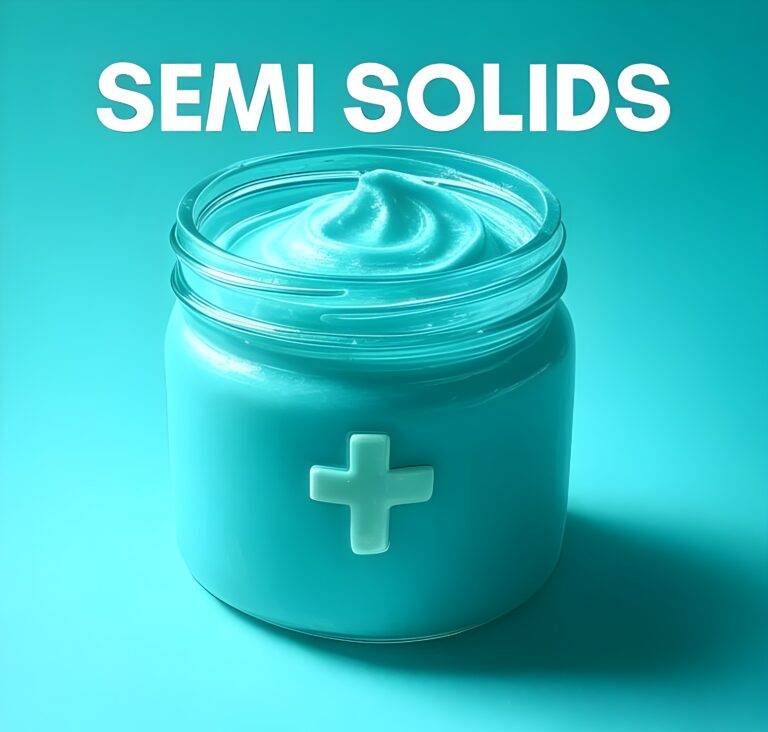
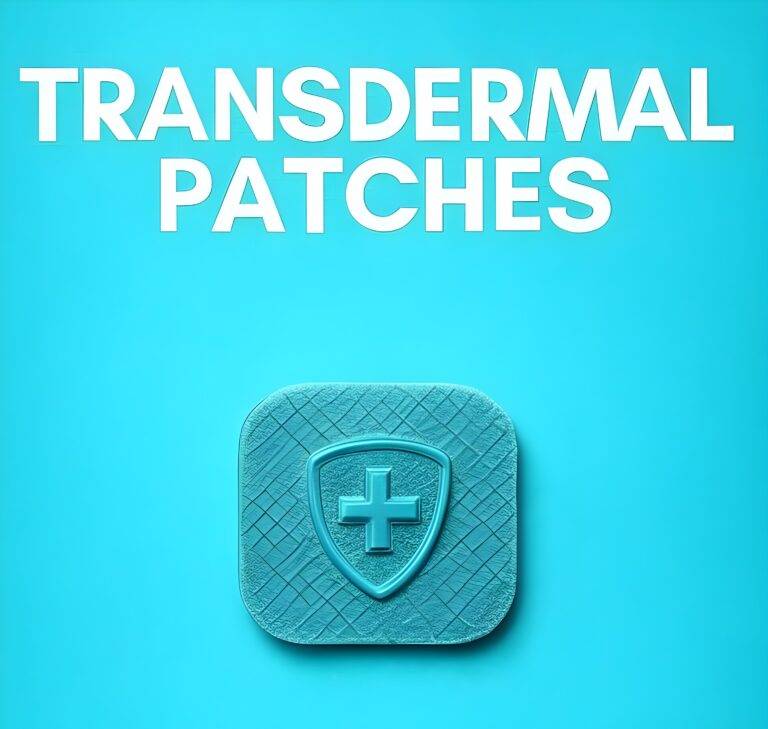

FAQs
Here are some frequently asked questions about Topical / Transdermal.
Hycon provides a full spectrum of services for topical and transdermal drug development, from preformulation to clinical formulations. This includes expertise in small molecule oral dosage development, delivery technologies, and multi-modality manufacturing for both orphan drugs and generics.
Hycon boasts unrivaled expertise in formulating complex dosage forms. They employ various techniques to enhance bioavailability or achieve controlled release, even for the most challenging APIs, across dosage forms like creams, emulsions, liquids, and films.
Hycon ensures compliance with stringent industry standards, guaranteeing product integrity and timely market entry. Their quality assurance processes are designed to meet or exceed the highest quality benchmarks, reducing risk and ensuring regulatory compliance.
Yes, Hycon’s capabilities encompass comprehensive services for small, pilot, full-scale, and adaptive manufacturing solutions across all phases of clinical trials. They are equipped to handle challenges from preclinical to commercial stages.
Hycon utilizes specialized technologies to increase drug efficacy, bioavailability, and adherence. They offer a variety of dosage forms and have a track record of developing new formulation approaches and optimizing existing products.
Absolutely. Hycon offers strategic regulatory planning and quality assurance to ensure global compliance, streamline approvals, and support the product lifecycle.
Hycon has over 200+ analytical scientists providing comprehensive analytical testing and method development for quality, validation, and compliance. They support Q1/Q2 evaluations and develop in vitro release testing protocols.
Hycon’s integrated approach ensures the right form and formulation from the start, employing a First-Time Right Approach for streamlined development. They screen drug candidates for viability and ensure the safety of clinical trial participants.
Hycon is recognized for its faster time-to-market, cutting up to 20 weeks off early and late phase timelines. Their seasoned management team brings 30+ years of industry knowledge on average, ensuring programs are guided by proven professionals.




